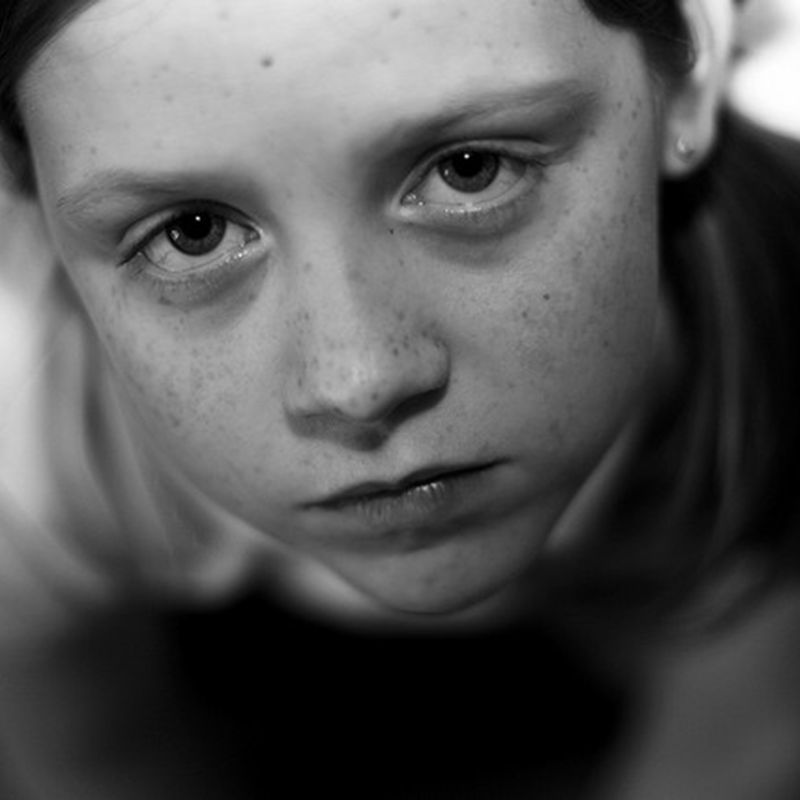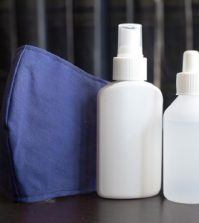- Study Says Most Parents Don’t Use Car Seats In Ride Share Vehicles Like Uber
- This 12-Year-Old Boy Is A Sophomore Aerospace Engineering Major!
- Fire Safety Experts Warn Of Hand Sanitizer Danger After A Mom and Kids Escape House Fire
- Recall Alert: Peaches May Be The Cause Of Salmonella Outbreak, 68 People Ill
- Summer Vacation In The Days Of COVID: Tips To Stay Safe
- How To Safely Grocery Shop During The Coronavirus Pandemic
- Michigan Teen With Vape-Related Illness Undergoes Double Lung Transplant
- Teen Kicks Off Anti-Vaping Campaign From Hospital Bed
- Teenager Receives Life Sentence For Strangling Sister To Death Over A Wi-Fi Password
- Toddler Falls To Death From 11th Deck of Cruise Ship
Tips for Teaching Kids about Personal Touch – Right or Wrong


Young children probably know the difference between a good touch (such as hugging) and a bad touch (like hitting.) But parents should be sure to teach their kids about another kind of bad touch — unwanted sexual touch.
According to materials from Kids Safety Council, as provided by FamilyHelpCenter.net, there are three important things children should know before parents begin teaching them about this particular type of bad touch:
- Children should know the correct names of their private body parts. Young children can find it hard to talk about sexual abuse simply because they don’t have the words to explain what happened. Be sure that your kids know the anatomical terms for their genitals, and that it is OK to talk about them.
- Teach kids that they are in charge of their bodies; they are the boss of who touches their body and how. Also, don’t force a child to give hugs or kisses to friends or relatives if they don’t want to. This will teach them that it’s completely fine to say no to touches from family members and other people they know.
- Teach children that there are three types of touches, including:
- Safe touch: This can include hugging, an arm around the shoulder or a pat on the back. Removing a splinter — although painful — is also a safe touch, because it is trying to keep a child safe and healthy.
- Unsafe touch: This type of touch includes harmful actions, such as kicking, pushing or hitting.
- Unwanted touch: These touches might be safe, but a child doesn’t want them from a certain person or at a certain time. It’s OK to say “no” to an unwanted hug, for example.
Once kids have a good grasp of these three concepts, parents can begin to explain that there is another kind of unsafe touch that is not OK. People who are bigger or older should never touch their private areas, unless it is to clean them or keep them healthy. The “clean” aspect is for young children who might still need help with bathing, diapers changing or using the toilet, while the “healthy” aspect is for doctor’s appointments for a physical, or when a child receives a shot.
Although conversations about good and bad touch can be uncomfortable, they are extremely important for the safety of your children. Kids need to know what inappropriate sexual touch is, so they can identify it and feel comfortable enough to tell another adult to make the abuse stop.








Laurie Flores-Garcia
August 24, 2016 at 5:41 am
James Garcia